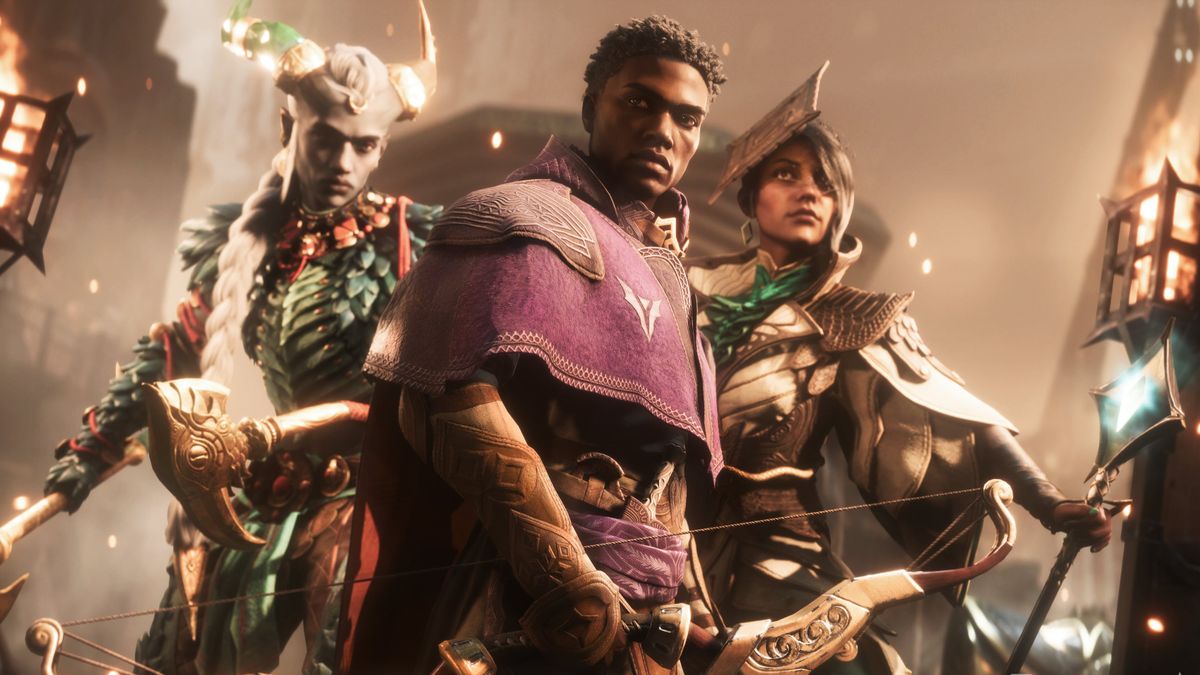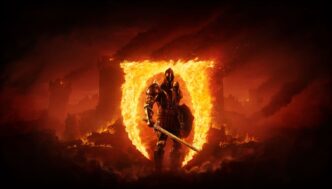The anticipation for Dragon Age: The Veilguard has been building for a decade, a span of time that has only heightened expectations and fueled hopes for a return to the magic that defined the earlier entries in the series. As a longtime fan, I’ve been on this rollercoaster ride of excitement and apprehension, and the recent gameplay reveal has done little to quell my skepticism. Like the return of a beloved show after a long hiatus, The Veilguard brings with it the weight of nostalgia and the burden of high expectations. This article delves into the reasons behind my cautious outlook, exploring both the promising and concerning aspects of the upcoming game.
Visual Style and Character Design: A Departure from Tradition
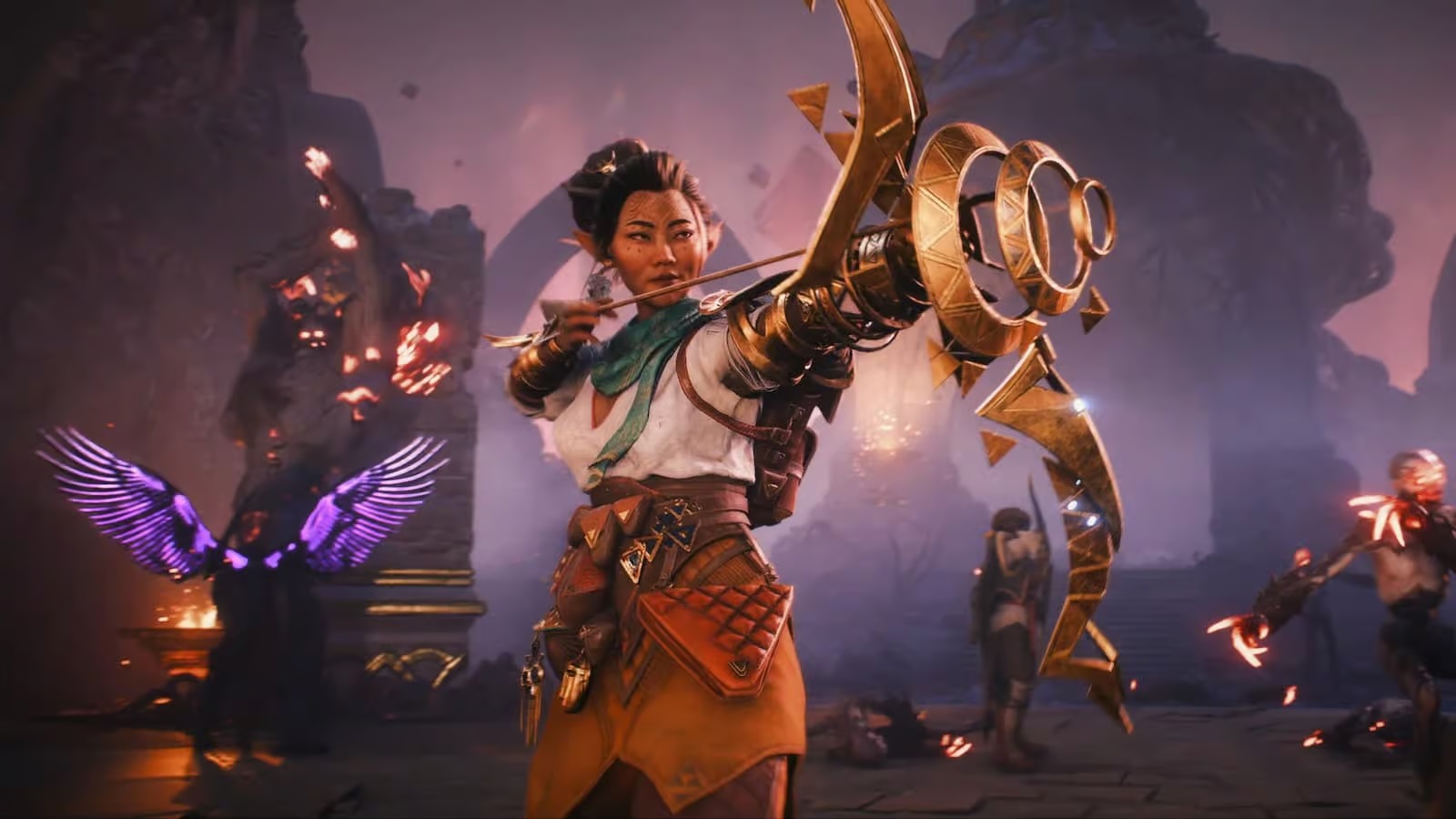
The first impression is often the most lasting, and the visual style of The Veilguard left a significant mark. The characters and environments showcased in the trailer are a far cry from the dark, gritty aesthetic that defined Dragon Age: Origins. Instead, we’re presented with a vibrant, almost cartoonish world that seems at odds with the series’ roots. Varric, a fan-favorite character, appears with a dramatically altered design—his shaved chest being particularly jarring. This departure from the established look of the series feels like a betrayal of the visual identity that fans have come to love.
The new character designs, with their exaggerated features, evoke a sense of disconnect. This shift towards a more youthful, stylized aesthetic might be an attempt to capture a broader audience or align with current gaming trends, but it risks alienating the core fanbase.
The cartoonish elements, reminiscent of games like Fortnite, clash with the mature, nuanced visual storytelling that has been a hallmark of the Dragon Age series.
Narrative Tone: From Dark Fantasy to High Fantasy and Beyond
Dragon Age has always balanced dark fantasy elements with moments of high fantasy. Dragon Age: Origins was celebrated for its grim, mature storyline, while Dragon Age: Inquisition introduced a brighter, more heroic tone. However, the trailer for The Veilguard seems to push the series into an almost comic book-like realm, potentially diluting the narrative complexity that defines Dragon Age.
The dialogue snippets in the trailer, such as “We need someone with fire in their blood”, come across as generic and uninspired.
This tonal shift might be an effort to broaden the game’s appeal, but it risks oversimplifying the rich lore and character-driven plots that are the hallmarks of the series. The fear is that the game’s story might lean too heavily on action and spectacle, losing the intricate storytelling that fans, including myself, have come to love.
Gameplay Mechanics and Combat: A Shift Towards Action
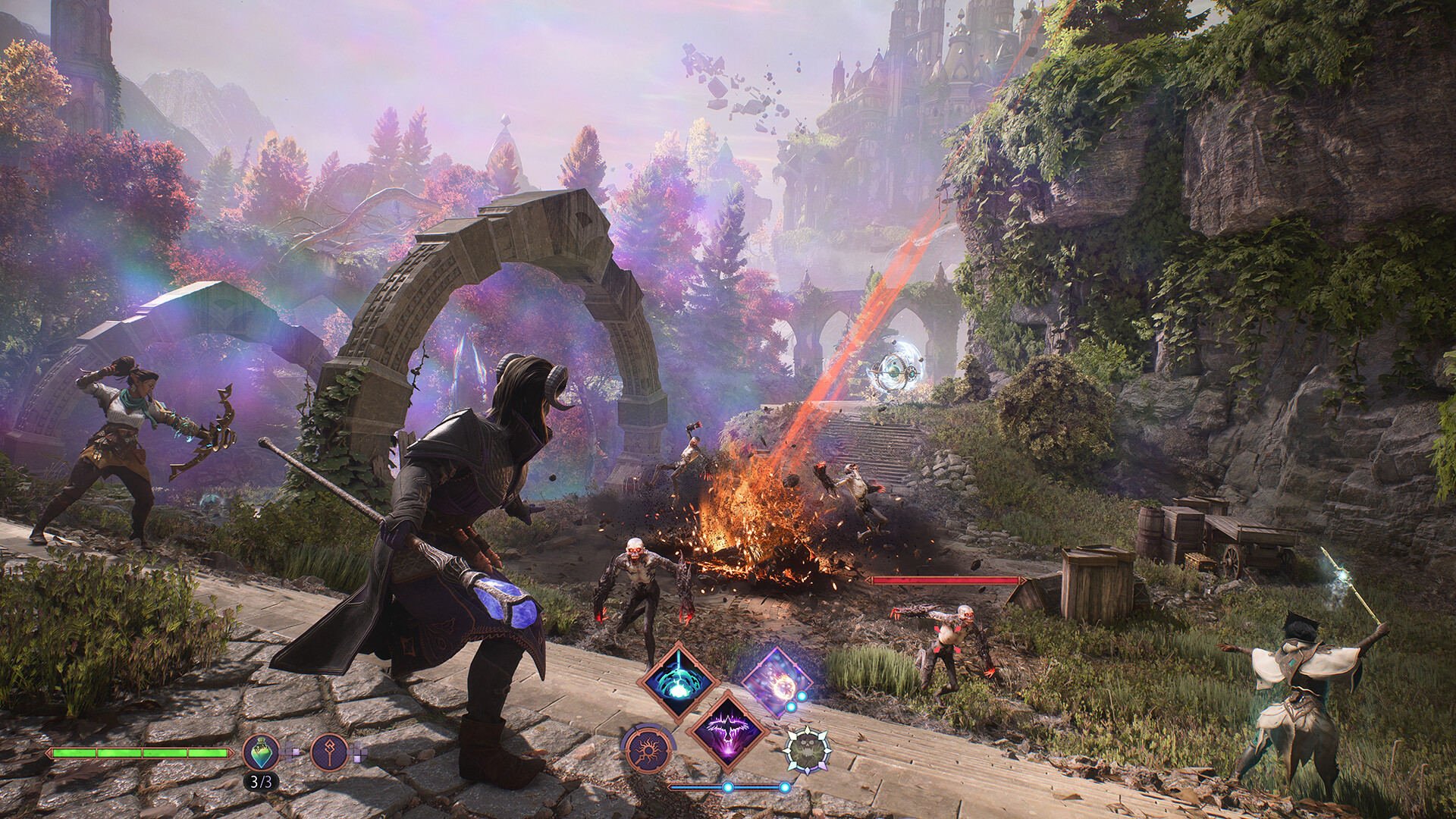
The combat system is a cornerstone of any RPG, and the gameplay reveal for The Veilguard highlighted several issues that contribute to my skepticism. The combat, described as very action-oriented, draws more from Dragon Age II and Inquisition rather than the beloved Origins. This choice of action over strategy is disappointing for fans who cherish the tactical depth of the earlier games.
The gameplay footage shows barely any dynamic combat mechanics staying limited to light jogging and uninspired attacks by the protagonist. Moreover, strategic combat, a hallmark of Dragon Age: Origins, is glaringly absent.
The ability wheel and skill customization, once a crucial part of the series, seem underutilized and simplified. This reduction in complexity raises concerns about the depth and replayability of the game.
Environmental Design and Exploration: Linear and Scripted
The world of Thedas has always been a character in itself, with its diverse landscapes and rich lore. However, the gameplay reveal of Dragon Age: The Veilguard raises doubts about the environmental design and exploration aspects. The linear and directed paths shown in the footage suggest a departure from the open-world exploration that fans appreciated in Inquisition.
The environments, though visually detailed, lack the organic feel of a living, breathing world. The scripted sequences and forced directionality detract from the sense of discovery and adventure that fans loved about the Dragon Age series. The repetitive and uninspired enemy designs further diminish the excitement of exploring new regions and facing unique challenges.
Technical and Graphical Concerns: Inconsistencies and Unpolished Elements
The technical performance of the game, as observed in the gameplay reveal, is another point of contention. Several graphical inconsistencies, such as unrealistic fire effects and jarring animation transitions, undermine the overall presentation and raise concerns about the game’s polish and optimization.
The art style, which veers towards a Fortnite-ification of the visuals, does not sit well with many long-time fans.
The shift towards a more cartoonish and less realistic aesthetic comes off as an eyesore, especially because it detracts from the gritty and mature tone that defined previous entries.
The Influence of New BioWare: A Struggle for Identity
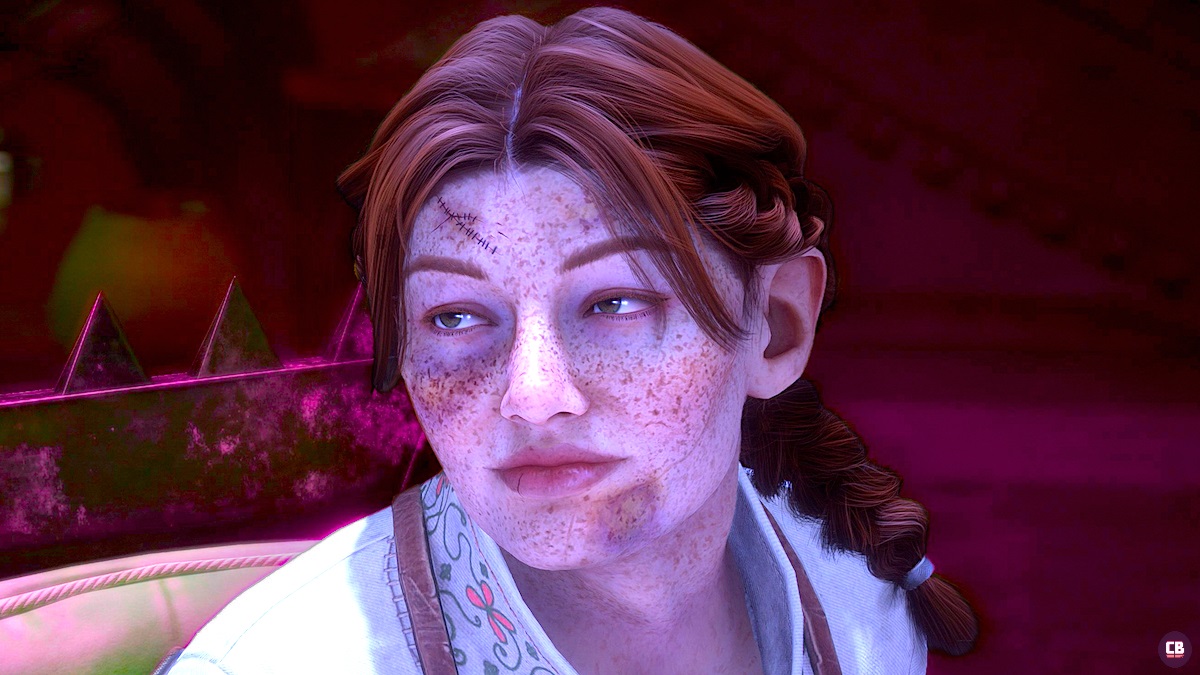
One of the underlying themes discussed by fan reactions is the distinction between old BioWare and new BioWare. Many who have noticed a decline in the quality of BioWare’s recent titles echo this sentiment. The gameplay reveal unfortunately reinforces this perception.
There is a distinct lack of innovation, coupled with the departure from the strategic depth and narrative richness of earlier games. Plus.the influence of recent failures, such as Anthem, looms large, casting a shadow over its development.
The Role of Live Service Elements: A Potential Pitfall
Another point of concern is the potential inclusion of live service elements in Dragon Age: The Veilguard. The live reaction highlighted fears that the game might follow the trend of episodic content and live service models that could further dilute the core RPG experience.
There is a possibility of a fragmented and drip-fed narrative, combined with the inclusion of microtransactions and season passes. But this threatens to undermine the integrity of the game as the Dragon Age fans crave a complete and cohesive experience, not one that is piecemealed over time.
Comparisons to Previous Titles: Analyzing the Evolution
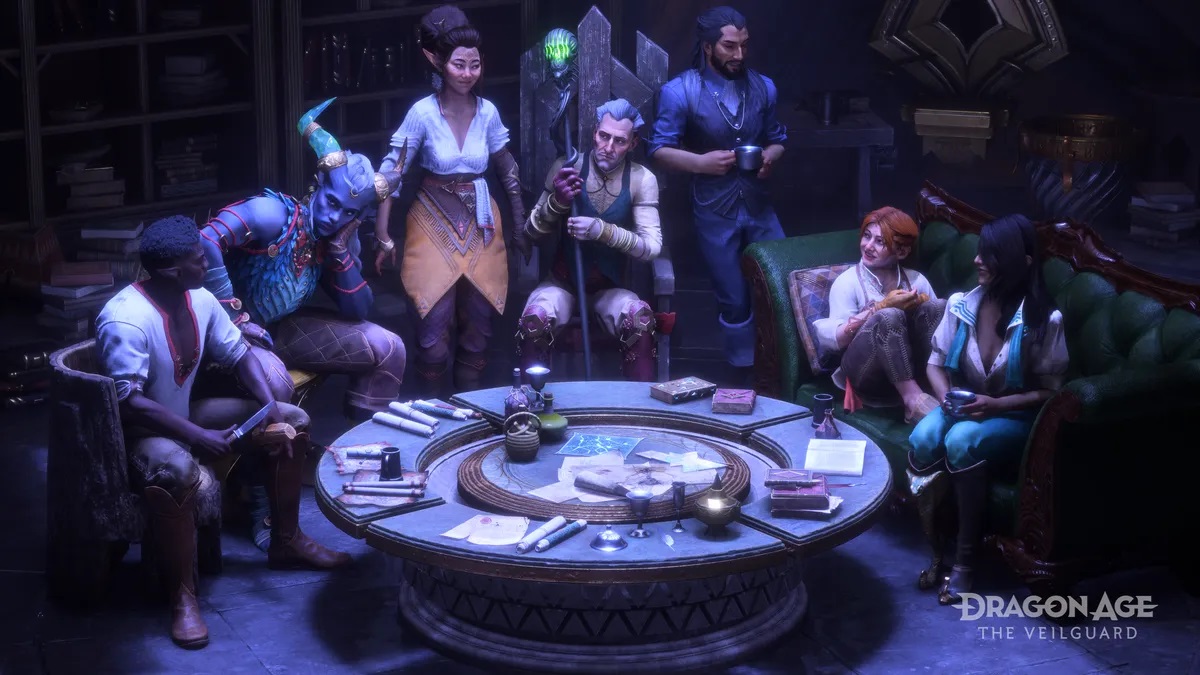
To better understand the skepticism, it’s helpful to compare the Veilguard trailer to those of previous Dragon Age titles. The trailer for Dragon Age: Origins was dark and foreboding, setting the stage for a mature and serious narrative. In contrast, the trailer for Dragon Age: Inquisition balanced heroism with underlying tension, reflecting the game’s blend of high and dark fantasy.
The Veilguard trailer, however, appears to lack this balance. It seems more focused on high-energy action and colorful visuals, akin to marketing strategies for games targeting a younger demographic, raising concerns about whether the game will maintain the narrative and atmospheric depth that are crucial to the Dragon Age experience.
Community Reactions: Mixed Responses and Common Concerns
The fan community’s reaction to the trailer has been mixed, with many expressing concerns similar to my own. Forums and social media are filled with discussions about the drastic changes in visual style and tone. While some fans are optimistic, hoping that the trailer does not represent the final product accurately, others fear that The Veilguard might be a significant departure from the series’ roots.
Common concerns include the possibility of the game being too child-friendly, the oversimplification of complex characters and storylines, and the potential loss of the dark fantasy elements that define Dragon Age.
Marketing and Communication: Building Trust
One of the most significant sources of skepticism stems from the marketing and communication strategy surrounding the game. The gameplay reveal focused heavily on cutscenes and early-game content, providing limited insight into the broader gameplay mechanics and progression systems. This has left many fans feeling that the reveal was more of a teaser than a comprehensive showcase.
The decision to feature a low-level character in the reveal has been particularly contentious. While it is common for developers to highlight early-game content to avoid spoilers, this approach can backfire if it fails to convey the depth and richness of the gameplay experience.
Comparisons with Other Games: A Broader Context
Comparisons to other recent RPGs are inevitable. Games like Baldur’s Gate 3 have set high standards for the genre with their deep, complex gameplay and extensive player choice and consequence. The Veilguard seems to be aiming for a more streamlined approach, which could attract a broader audience but may disappoint fans hoping for a more intricate RPG experience.
The comparison to Hogwarts Legacy suggests that The Veilguard might be taking inspiration from the more accessible, action-oriented RPG elements that made Hogwarts Legacy a commercial success.
This approach could make The Veilguard more appealing to casual players and those new to the franchise, but it runs the risk of alienating long-time fans who crave a deeper, more nuanced experience.
Potential for Redemption: Hope Amidst Skepticism
Despite the skepticism, there is still hope that Dragon Age: The Veilguard will deliver a satisfying experience. Trailers can often be misleading, and the actual game might retain more of the traditional Dragon Age elements than the trailer suggests. The developers have a track record of creating deeply engaging RPGs, and it’s possible that the trailer was designed to attract a broader audience without fully representing the game’s core.
Furthermore, the gameplay retains the strategic and choice-driven elements of previous titles, and if the story delves into the rich lore of Thedas, The Veilguard could still resonate with long-time fans.
Conclusion: A Cautious Outlook
In conclusion, the trailer and gameplay reveal for Dragon Age: The Veilguard raise several red flags that warrant skepticism. The drastic changes in visual style, narrative tone, and potential gameplay mechanics suggest a significant departure from the elements that make Dragon Age unique. However, there remains a possibility that the actual game will address these concerns and stay true to the franchise’s roots.
As a fan, it’s essential to approach the new installment with cautious optimism, recognizing the potential for both innovation and missteps. The gameplay trailers releasing now will be crucial in determining whether The Veilguard can bridge the gap between attracting new players and satisfying the loyal fanbase.
